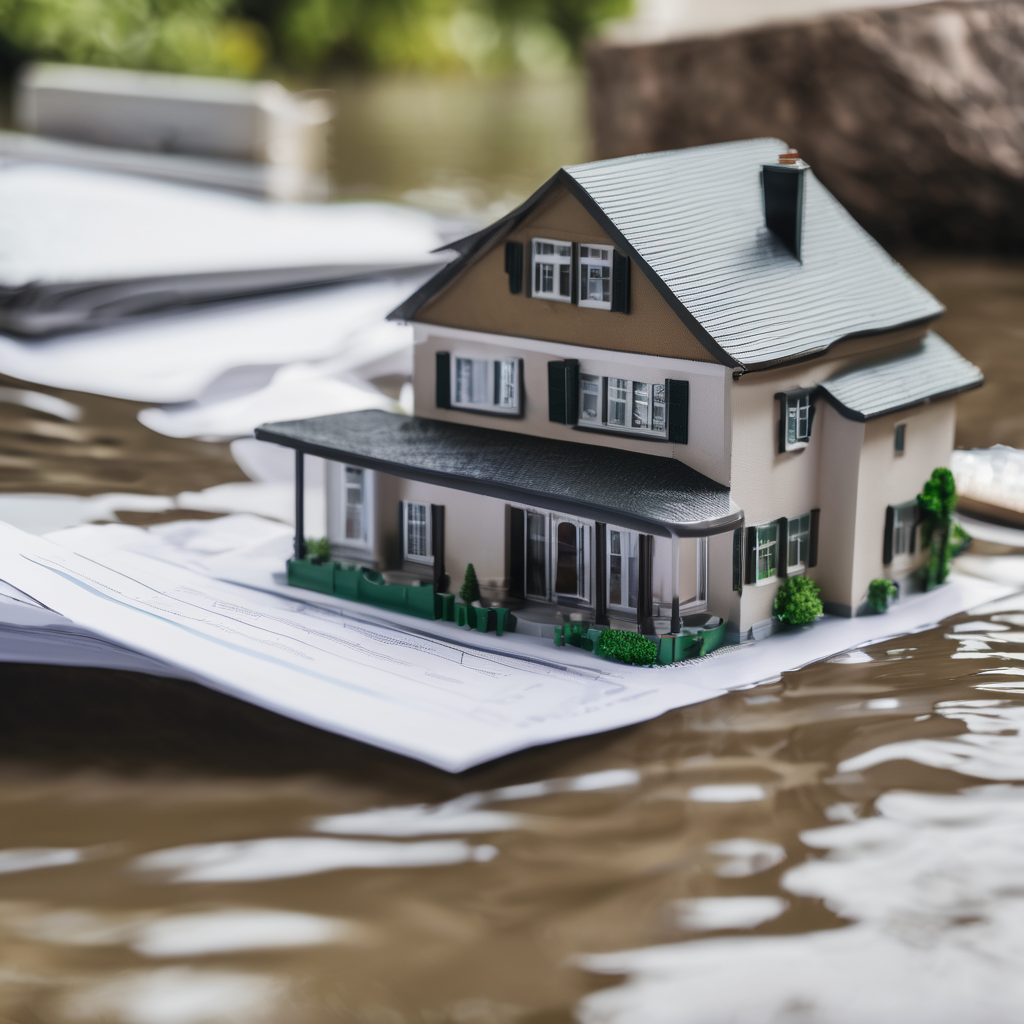Homeowners insurance is increasingly becoming a burden for the average American household due to the escalating impact of extreme weather events and a retreat by insurers from high-risk regions. This trend is leaving many homeowners in a precarious situation where, despite achieving the dream of homeownership, they struggle to afford adequate coverage.
In states like California and Florida, the challenges surrounding homeowners insurance are palpable. Recent reports indicate that in California, 13% of realtors noted that at least one property sale fell through last year because buyers were unable to secure insurance—an alarming statistic more than double that of 2023. Concerns are mounting as California’s temporary ban on insurance cancellations in wildfire-stricken areas is set to expire in January. Experts warn that this could lead to further loss of coverage for homeowners in these vulnerable regions.
The FAIR Plan, California’s last-resort insurance option, has seen its liabilities double in almost two years, leading to a request for a significant rate hike of 35.8%. This increase reflects the program’s struggle to maintain financial viability amidst growing disaster threats. Patrick Blandford, the founder of Green Shield Risk Solutions, predicts that the crisis of insurability is likely to worsen by 2026 as more insurance companies retract from high-risk zones.
Similar challenges are surfacing in Florida, where the aftermath of devastating hurricanes between 2017 and 2024 has driven numerous insurance firms to exit the marketplace. This shift has forced many residents into the hands of the state-backed Citizens Property Insurance Corporation. An investigation revealed that Citizens is successful in over 90% of disputed claims, but state-run plans often resort to surcharges as a means to balance financial shortfalls.
The escalating severity of hurricanes, floods, and wildfires is indicative of climate change’s influence, fundamentally disrupting traditional insurance risk models and causing a retreat from high-risk areas. As coverage becomes less attainable, homeowners are left facing higher premiums for inadequate protection.
Low-income individuals bear the brunt of this crisis. Although California prohibits the use of credit scores to set insurance rates, states like Florida legally permit this practice. Consequently, those with lower credit ratings may find themselves paying nearly $2,000 more annually for the same insurance coverage as their neighbors.
Moira Birss, a senior fellow with the Climate and Community Institute, criticizes the insurance industry for failing to address the real implications of climate risks. She argues that rather than helping to mitigate dangers, insurers seem to penalize those dealing with poverty.
Some policymakers are advocating for more stringent oversight of insurance pricing and pushing for investments in resilient housing and infrastructure. California has recently initiated reforms to the FAIR Plan as part of these efforts; however, experts caution that the crisis is likely to become a nationwide issue as extreme weather patterns continue to evolve unpredictably.
It is crucial for both policymakers and communities to remain proactive in developing solutions that foster resilience and ensure access to affordable homeowners insurance, especially as environmental challenges continue to escalate.
